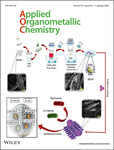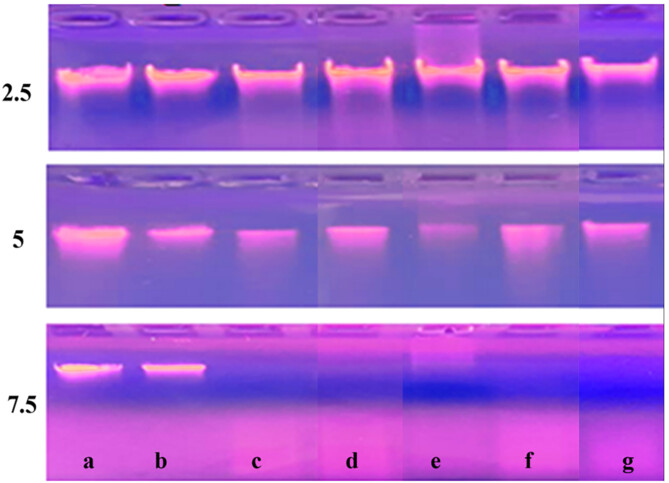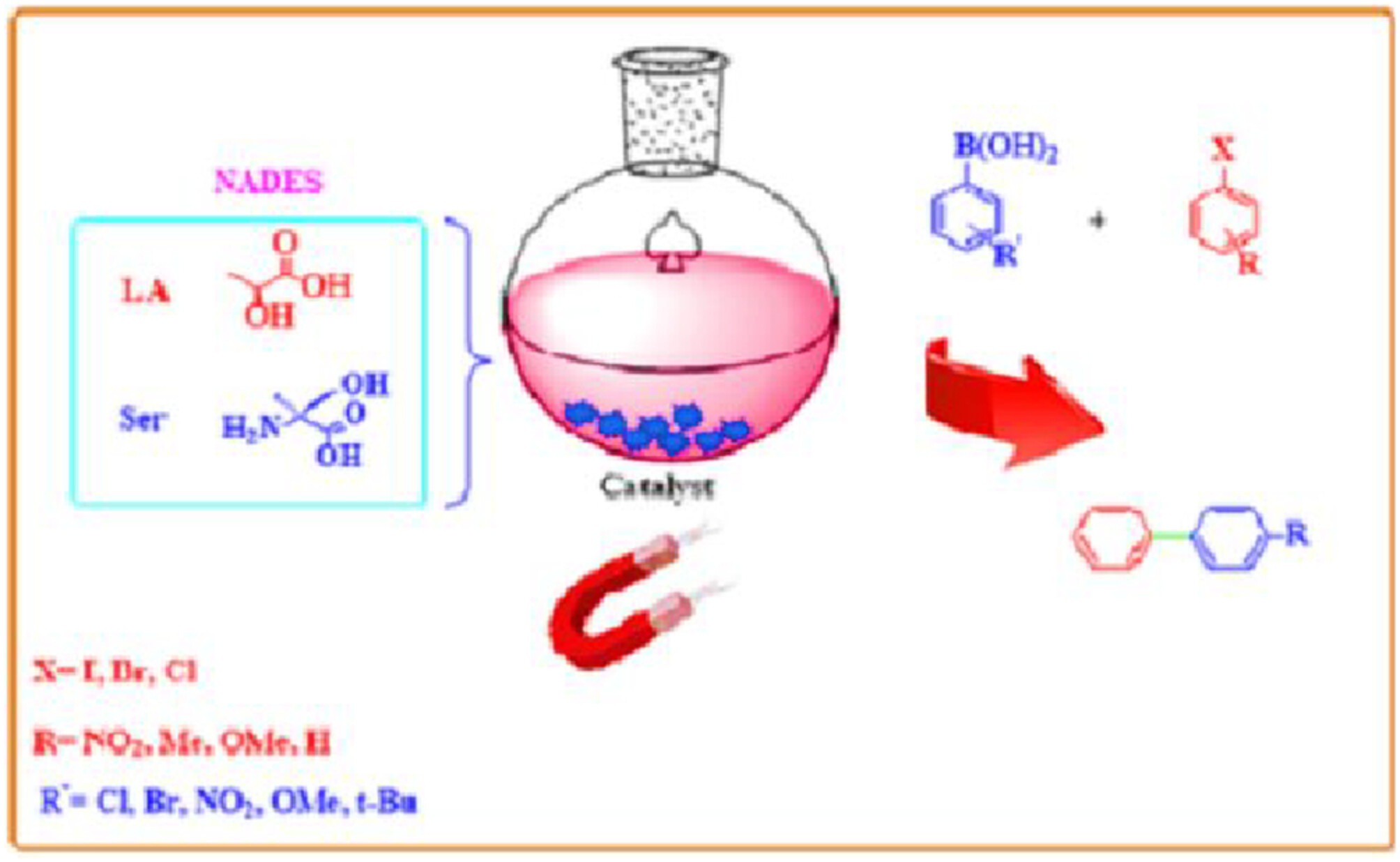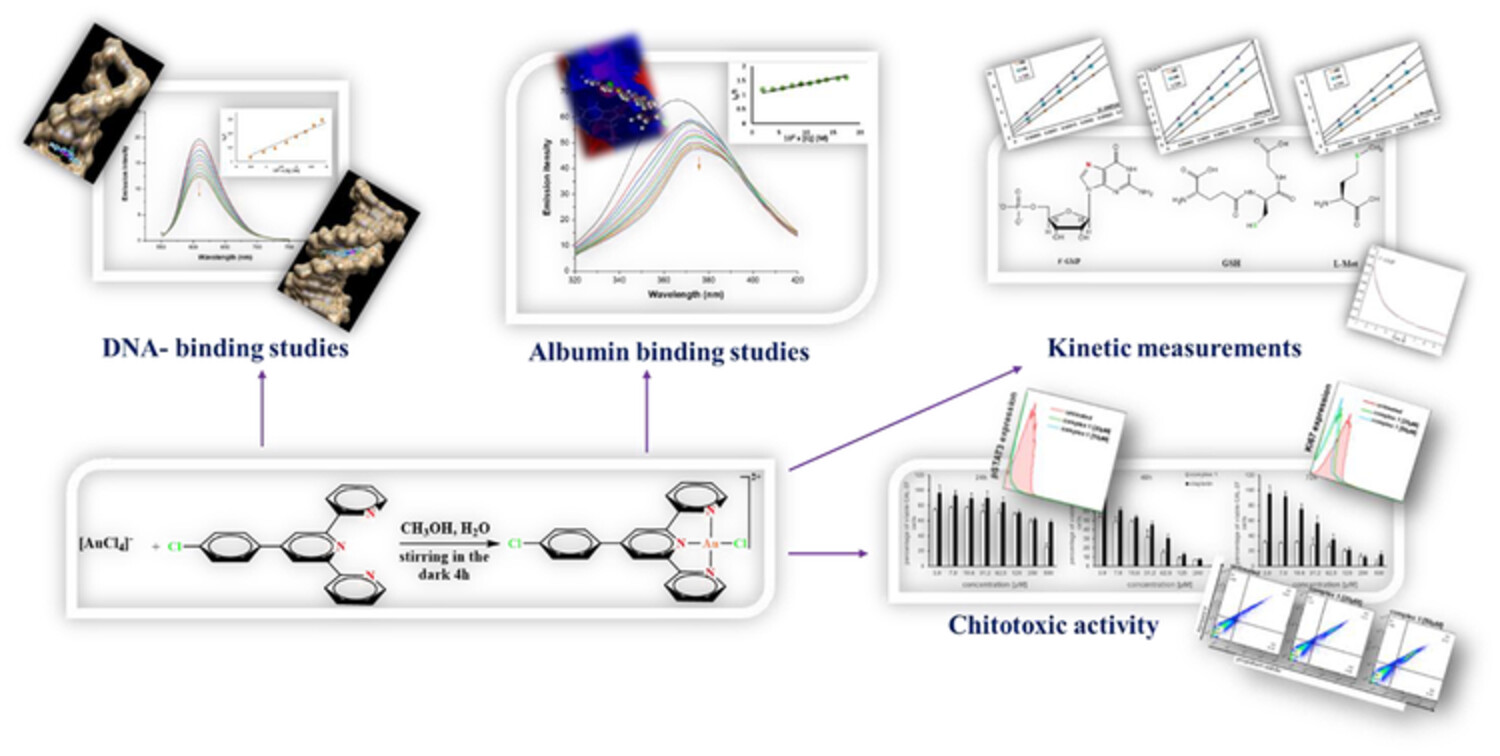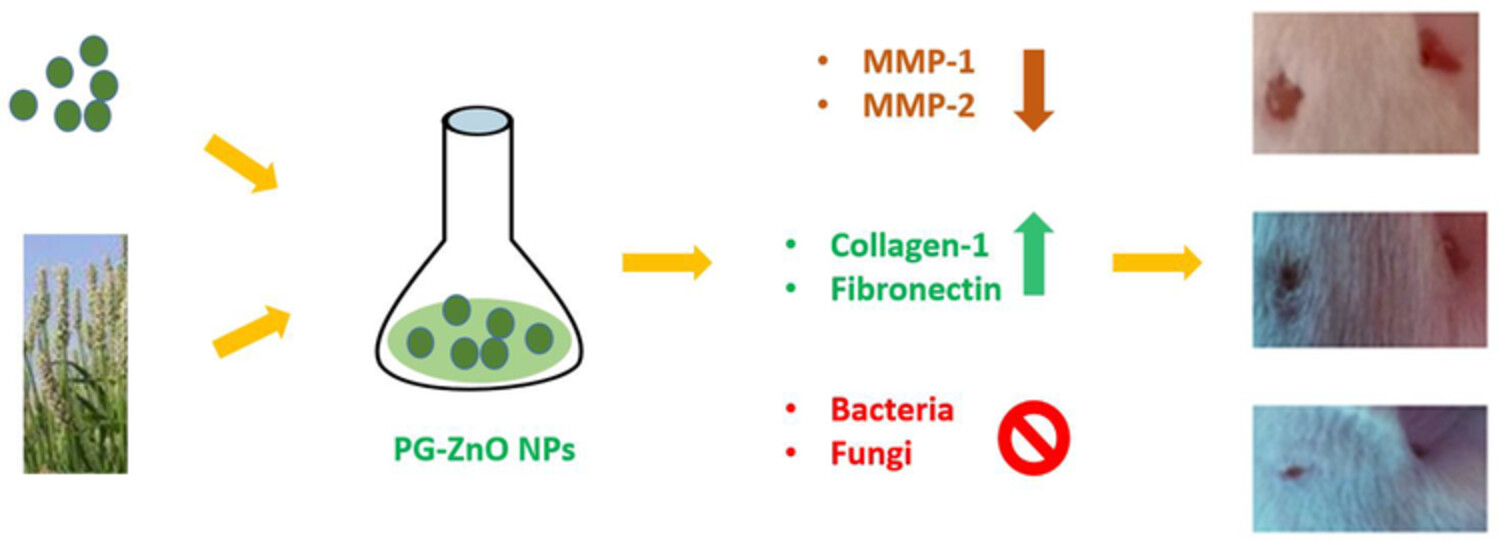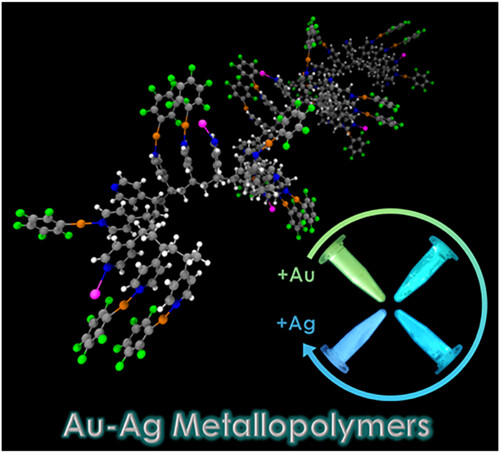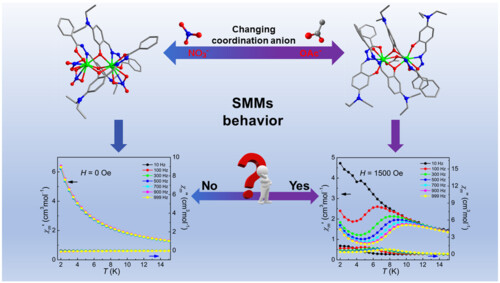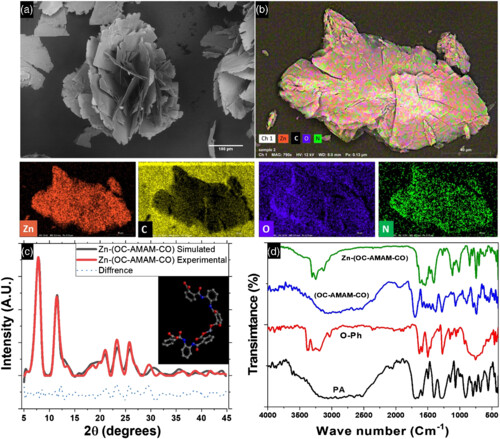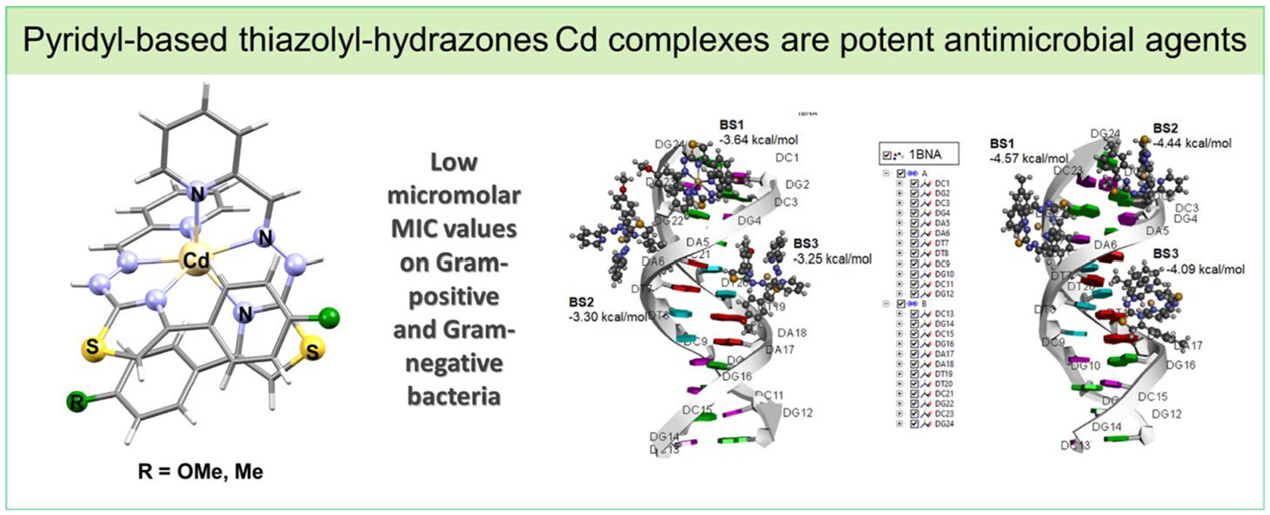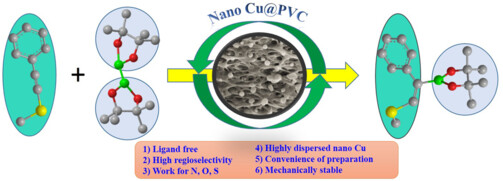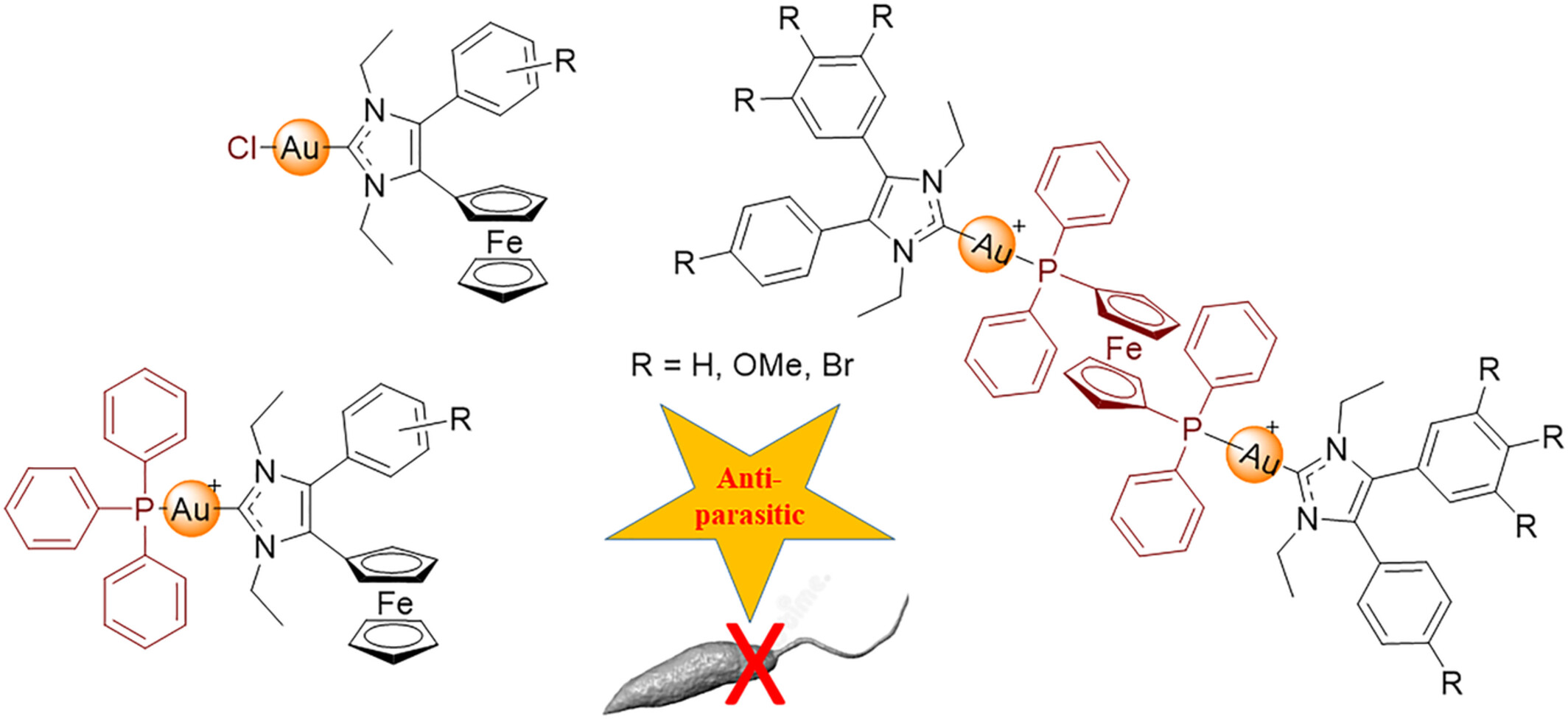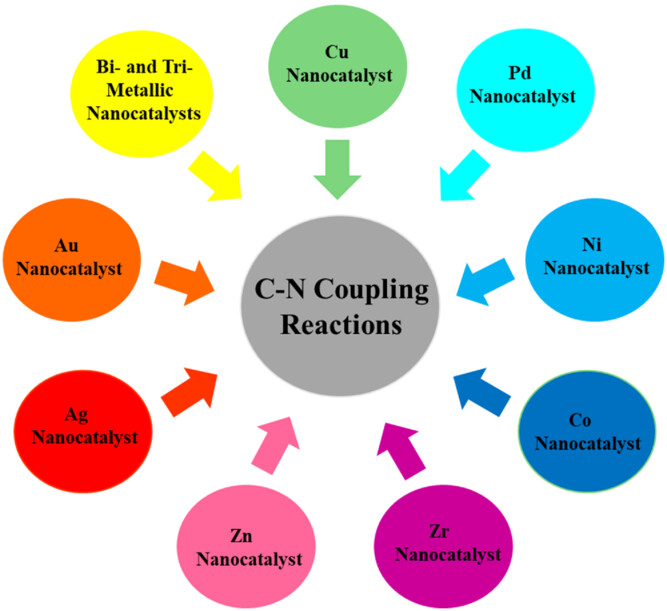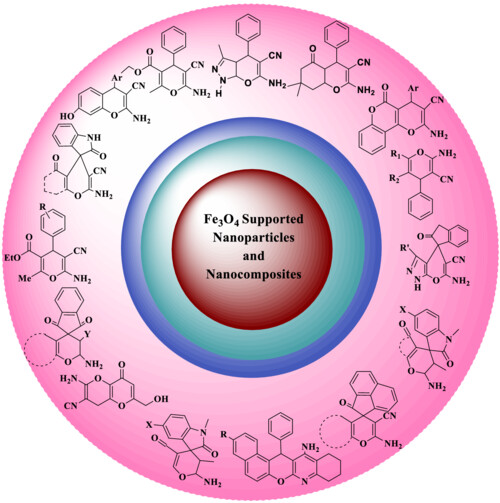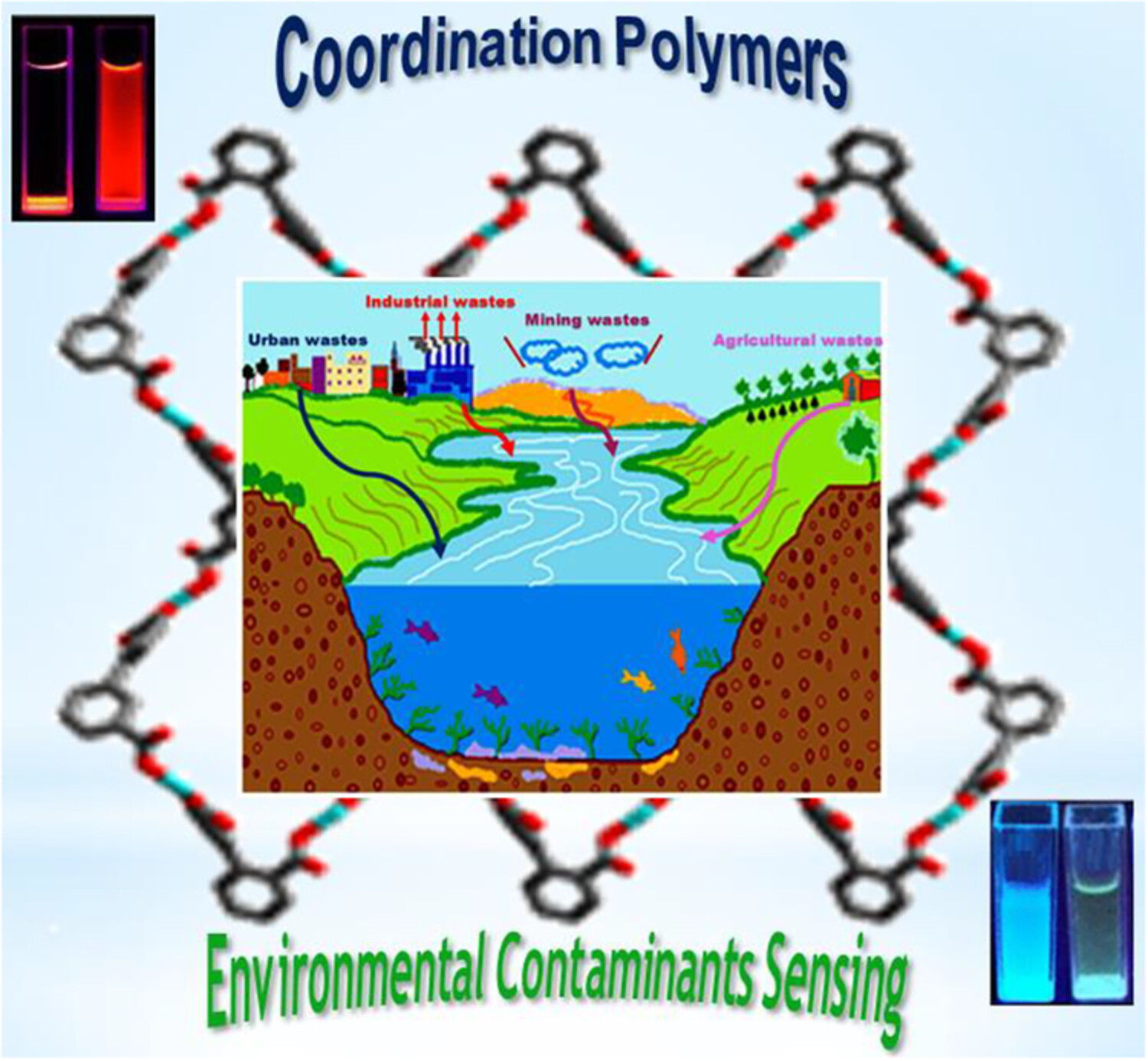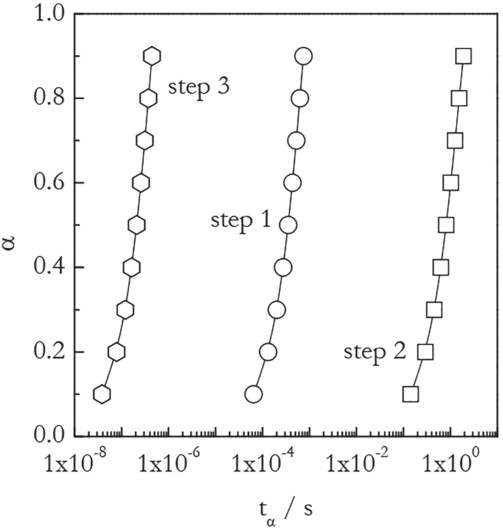Journal list menu
Export Citations
Download PDFs
COVER IMAGE
Cover Image
- First Published: 31 December 2022
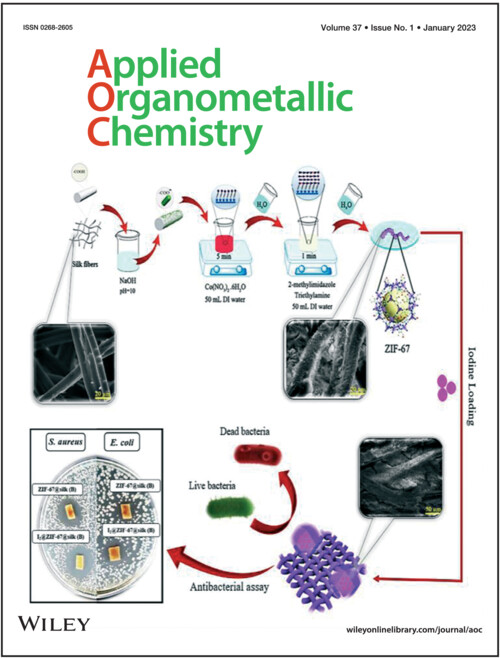
The cover image is based on the Full Paper Loading of ZIF-67 on silk with sustained release of iodine as biocompatible antibacterial fibers by Donya Mohammadi Amidi et al., https://doi.org/10.1002/aoc.6913.
Cover Image
- First Published: 31 December 2022
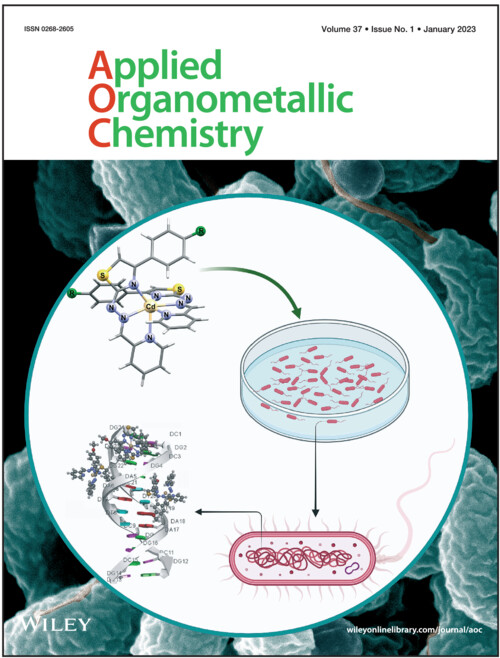
The cover image is based on the Full Paper A detailed experimental and computational study of Cd complexes with pyridyl-based thiazolyl hydrazones by Sanja B. Kokanov et al., https://doi.org/10.1002/aoc.6942.
ISSUE INFORMATION
FULL PAPER
Synthesis of novel pyrrole derivatives from the multicomponent reaction using the new N-sulfonic acid modified poly (styrene-diethylenetriamine) as a solid acid catalyst
- First Published: 19 October 2022
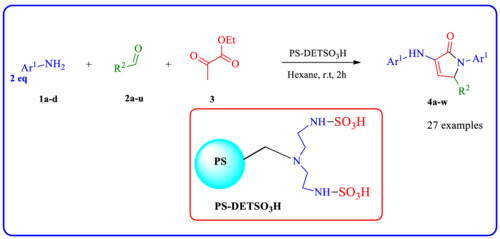
Synthesis of novel N-sulfonic acid modified poly (styrene-diethylenetriamin) has been presented. An efficient acid-catalyzed synthesis of 1,5-diaryl-3-(arylamino)-1H-pyrrol-2(5H)-ones is reported. The structure of the catalyst was confirmed with FT-IR, XRD, TGA, DTA, SEM, DLS, EDS mapping, BET, and elemental analyses.
RESEARCH ARTICLES
Fabrication of novel Fe (III), Co (II), Hg (II), and Pd (II) complexes based on water-soluble ligand (NaH2PH): structural characterization, cyclic voltammetric, powder X-ray diffraction, zeta potential, and biological studies
- First Published: 30 September 2022
Embedded palladium nanoparticles on metal–organic framework/covalently sulfonated magnetic SBA-15 mesoporous silica composite: As a highly proficient nanocatalyst for Suzuki–Miyaura coupling reaction in amino acid-based natural deep eutectic solvent
- First Published: 30 September 2022
Loading of ZIF-67 on silk with sustained release of iodine as biocompatible antibacterial fibers
- First Published: 30 September 2022
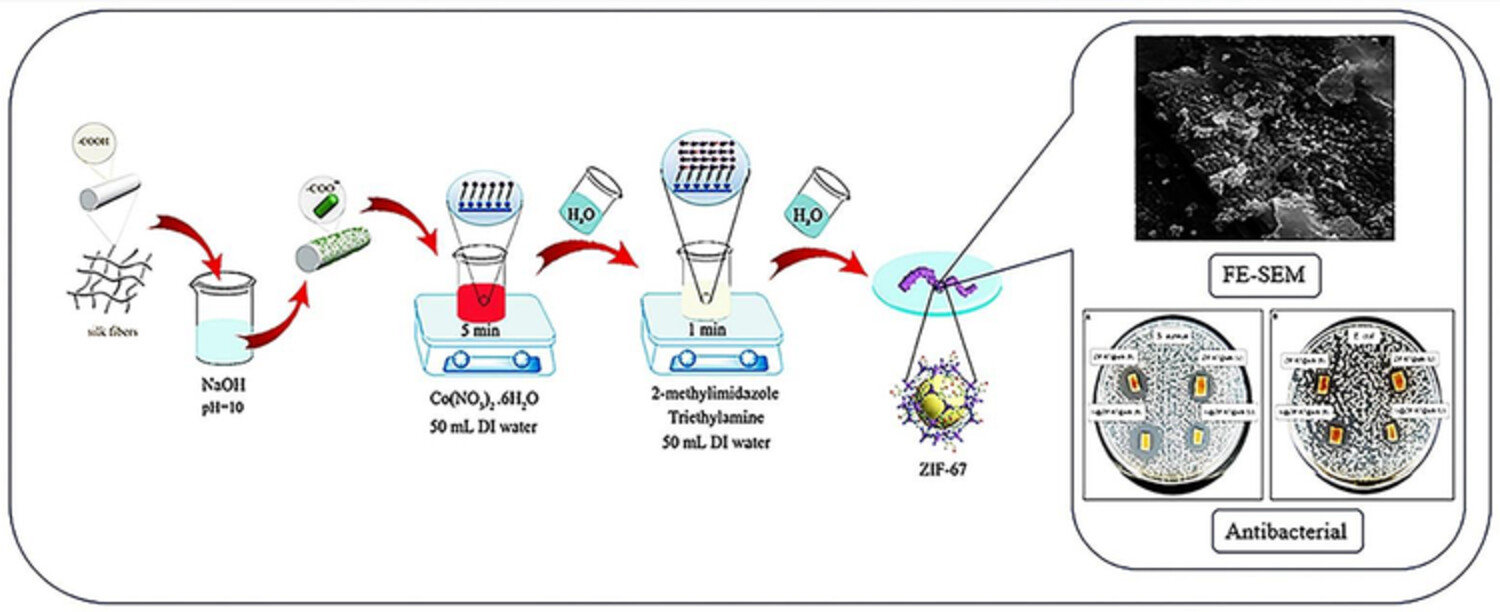
ZIF-67 was synthesized using a LBL method on silk fibers with (ZIF-67@silk [U]) and without (ZIF-67@silk [B]) ultrasonic irradiation, and iodine was loaded on ZIF-67@silk samples and evaluated as antibacterial fibers with iodine release. The antibacterial activity was evaluated on E. coli and S. aureus bacteria, and iodine-containing samples have better activity than iodine-free samples. The excellent antibacterial performance of the I2@ZIF-67@silk fibers is attributed to the synergistic effects of extremely effective antibacterial ZIF-67 particles and iodine on the fiber surface.
Self-assembled neutral and ionic [2 + 2] metallomacrocycles using a new flexible ditopic Pt(II)-based organometallic tecton bearing a pyrimidine motif: Facile syntheses and enhanced anticancer potency
- First Published: 17 October 2022
![Self-assembled neutral and ionic [2 + 2] metallomacrocycles using a new flexible ditopic Pt(II)-based organometallic tecton bearing a pyrimidine motif: Facile syntheses and enhanced anticancer potency](/cms/asset/70ec0d0d-e87b-4a47-bbfc-061be6bc87f2/aoc6917-toc-0001-m.jpg)
A new pyrimidine-based flexible organometallic clip (3) was synthesized, which was further used as an acceptor tecton to yield three neutral (M1–M3) and two ionic (M4 and M5) [2 + 2] metallomacrocycles. Theoretical calculations were invoked to explain stability of the complexes. Antiproliferative activities of macrocycles were superior with respect to cisplatin against A549 lung cancer cells.
Synthesis, spectroscopic studies, and single-crystal structures of two 3-D supramolecular zinc(II) and nickel(II) complexes containing thiazole ring: Antimicrobial assays, time-dependent density functional theory calculations, and Hirshfeld surface analysis
- First Published: 12 October 2022
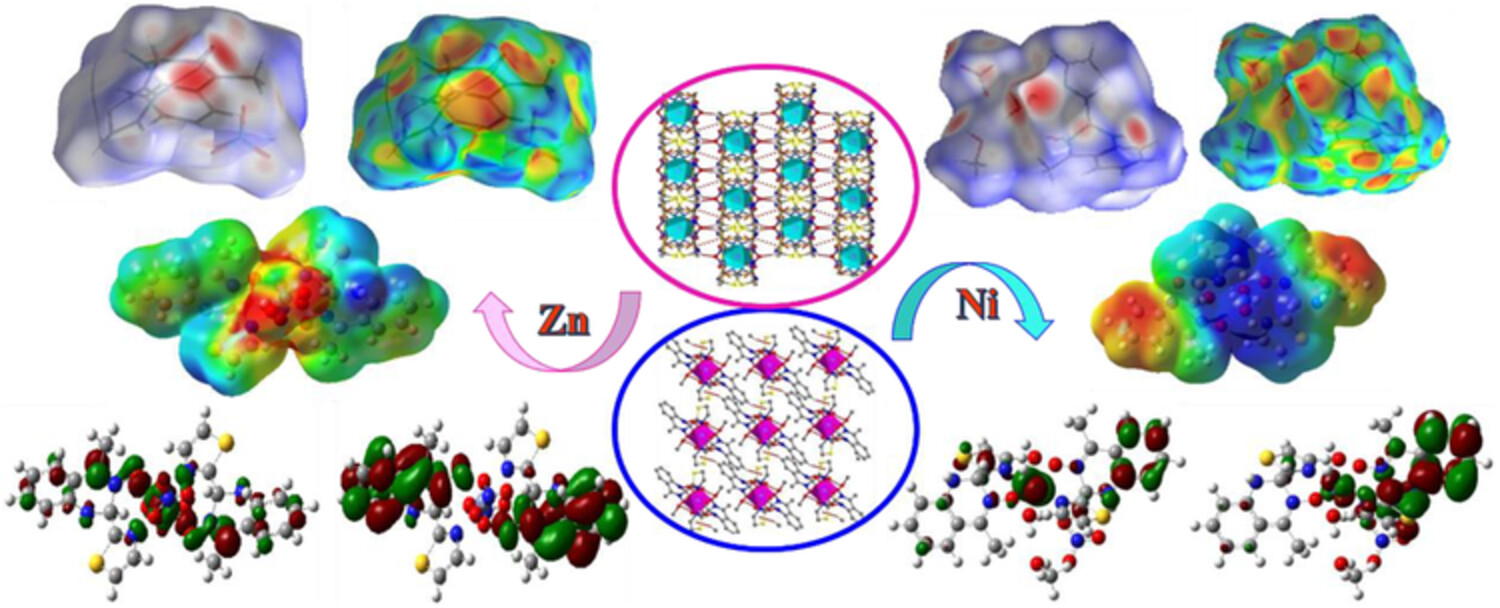
Two 2-D and 3-D complexes [Zn(L)2·(NO3)2] (1), [Ni(L)2·2H2O]·2CH3OH·(NO3)2 (2) originated from the new ligand L were characterized by the analysis methods with FT-IR, UV-vis, and fluorescence spectroscopy. Both complexes have been measured by single-crystal X-ray diffraction, as well as HSA, ESP, and TD/DFT calculations. The qualitative analysis of antibacterial efficiency was also compared.
A comparative study of proton conduction between two new Cd(II) and Co(II) complexes and in vitro antibacterial study of the Cd(II) complex
- First Published: 14 October 2022
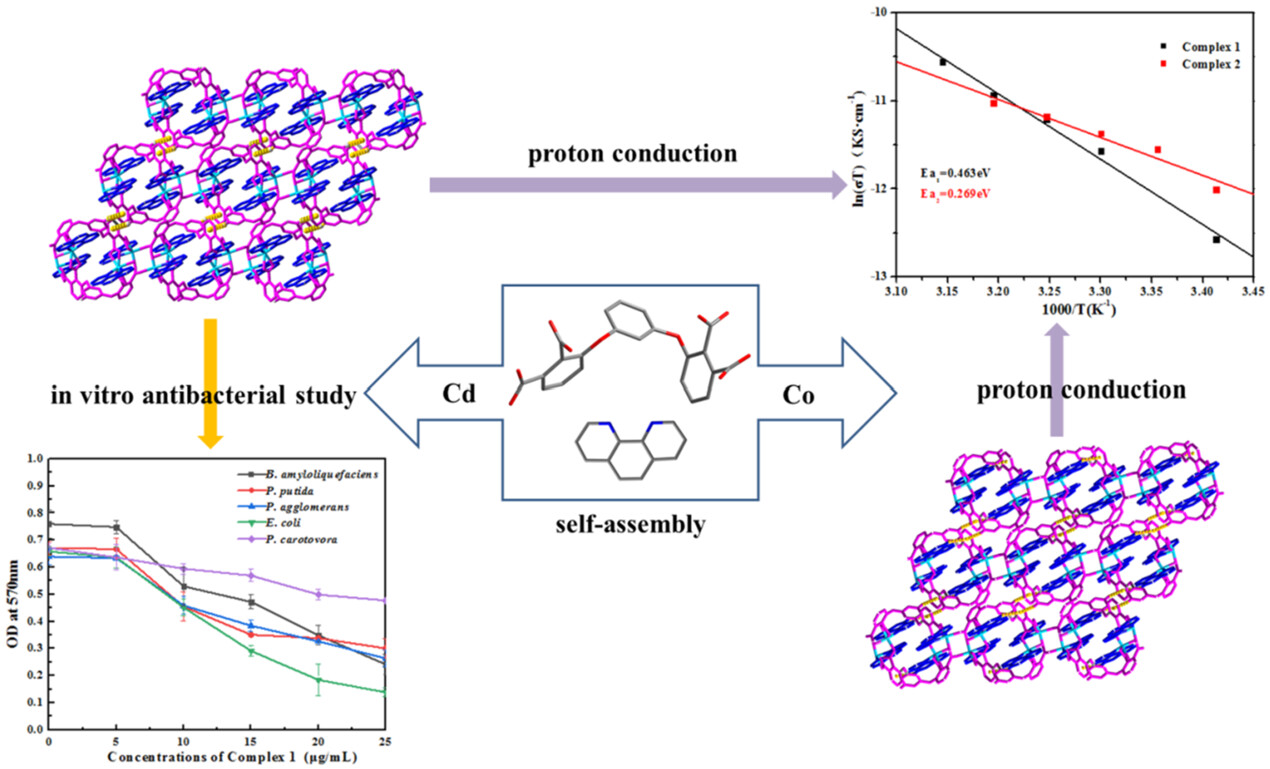
Two complexes based on 4,4′-[1,3-phenylenebis(oxy)]diphthalic acid (H4L) ligands were synthesized, namely, [Cd2(L)(1,10-phen)2(H2O)]n(1) and [Co2(L)(1,10-phen)2(H2O)]n(2). In these two complexes, 2D structures transform to 3D supramolecular structures by CH···π interaction. These two complexes show different conduction mechanisms in the proton conduction test, complex 1 shows the Vehicular mechanism and complex 2 shows the Grotthuss mechanism. The minimum inhibitory concentrations (MICs) results showed that all five kinds of bacteria (Escherichia coli, Bacillus amyloliquefaciens, Pantoea agglomerans, Pseudomonas putida, and Pectobacterium carotovora) could play an obvious inhibitory effect in the concentration range of 20 μg·ml−1.
Dinuclear PdII complexes bearing mixed NHC/Py/PPh3 donor set ligands: Catalytic applications and electrochemical investigations
- First Published: 13 October 2022
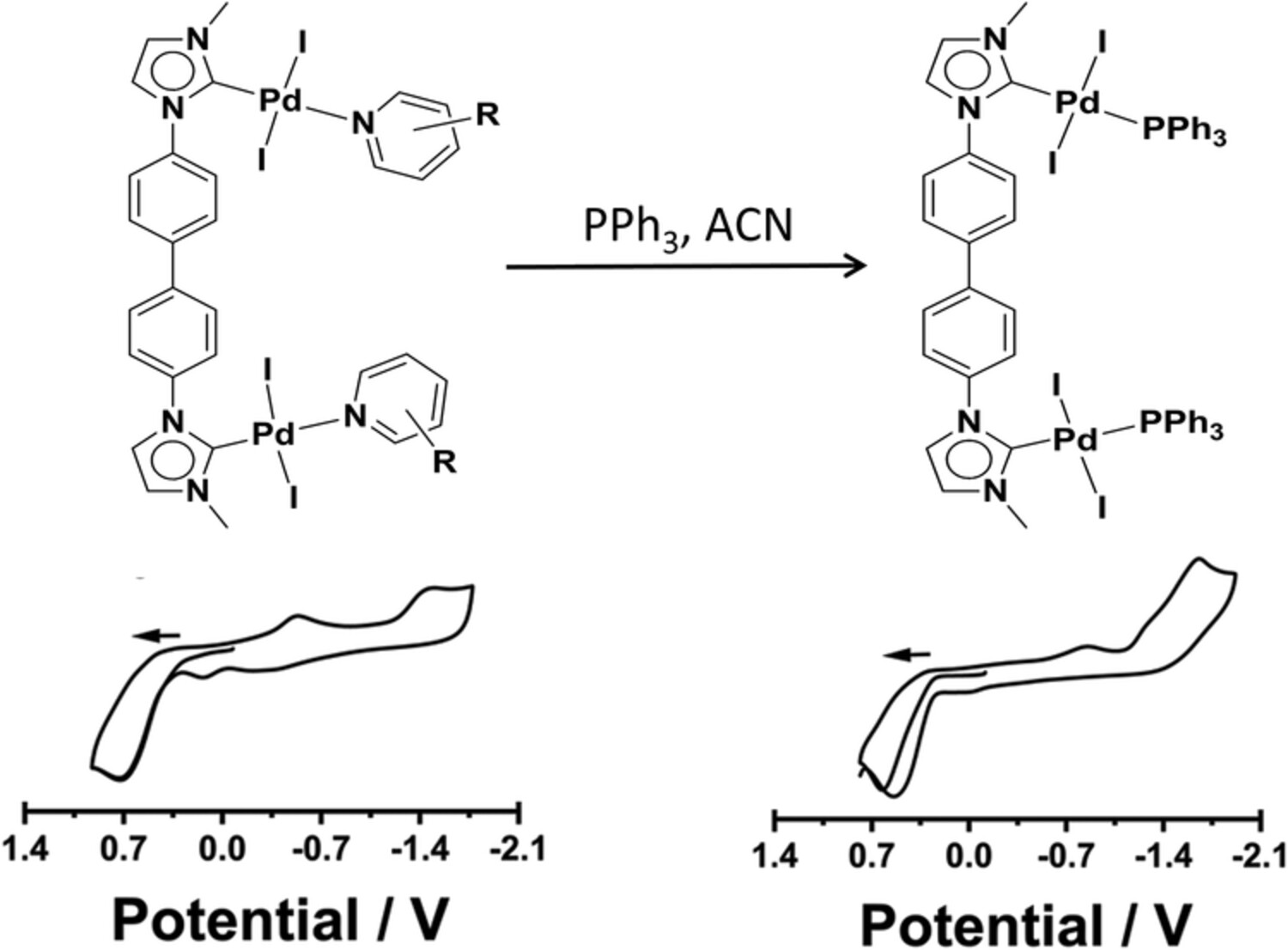
Bimetallic palladium(II) complexes containing classical bis-NHC donor ligand are presented. The complex composed of mixed NHC/PPh3 donor ligands shows superior catalytic activity compared with the corresponding PEPPSI type complexes when applied in α-arylation of oxindole. The preliminary electrochemical measurements show the facile oxidation of PdII in the presence of combined NHC/PPh3 ligands compared with a combination of NHC/Py ligands.
New gold(III) chlorophenyl terpyridine complex: Biomolecular interactions and anticancer activity against human oral squamous cell carcinoma
- First Published: 13 October 2022
Enhanced bactericidal and in vivo wound healing potential of biosynthesized zinc oxide nanoparticles from psyllium mucilage
- First Published: 13 October 2022
Site-selective multi-emitter gold-silver metallopolymers: A novel class of self-assembled materials
- First Published: 12 October 2022
Green synthesis of Zn nanoparticles and in situ hybridized with BSA nanoparticles for Baicalein targeted delivery mediated with glutamate receptors to U87-MG cancer cell lines
- First Published: 13 October 2022
Manganese porphyrins/mesoporous amberlyst 15 nanocomposites: Robust biomimetic catalysts for aqueous oxidation of olefins
- First Published: 17 October 2022
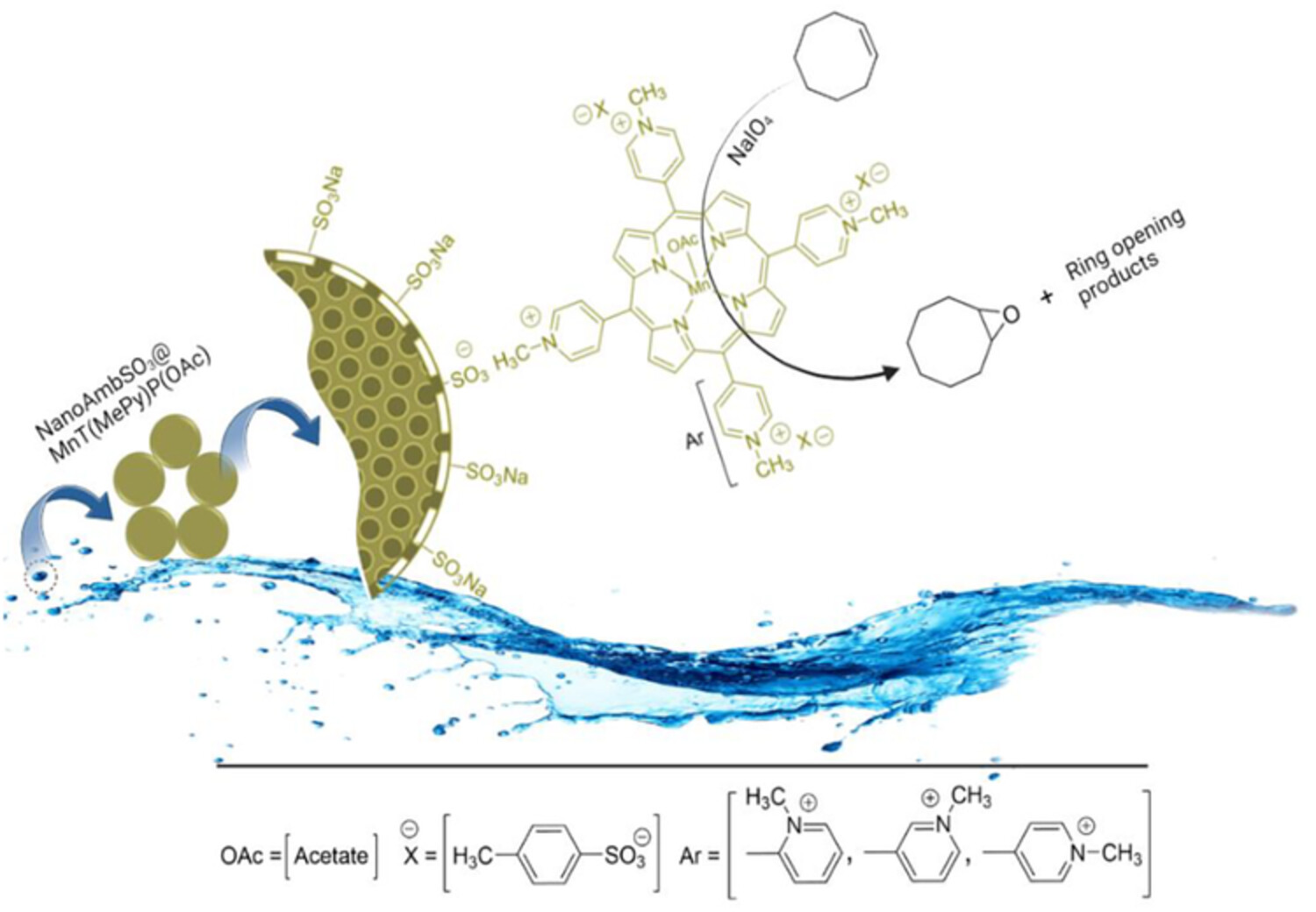
The manganese complexes of N-methylated meso-tetra(2-, 3-, or 4-pyridyl)porphyrins, immobilized into the pores of nano-structured mesoporous amberlyst 15 were synthesized and used as catalysts for aqueous oxidation of olefins. Due to the high oxidative stability of the catalysts brought about by the polymer, the epoxide ring opening reaction was found to be an important competing reaction, which remarkably lowers the yield of epoxide, in long reaction times.
One-dimensional metal–organic frameworks built by coordinating 2,4,6-tris(4-pyridyl)-1,3,5-triazine linker with copper nodes: CO2 adsorption properties
- First Published: 17 October 2022

The reaction between 4-tpt and Cu(hfa)2 yields two different 1D MOFs: [(Cu(hfa)2)2(4-tpt)]n (1) and [Cu(hfa)2(4-tpt)]n (2), as a function of the solvent used. The crystal structure of (2) indicates that the packing of the chains defines accessible channels. The microporous character of (2) is confirmed by N2 physisorption, with a surface area of 190 m2 g−1. Compound (2) clearly shows a significant adsorption of CO2 a 273 K prompted by noncoordinated nitrogen in the triazine linker.
Copper Schiff base complex immobilized on magnetic graphene oxide: Efficient heterogeneous nanocatalyst for treating environmental pollutants and synthesis of chromenes
- First Published: 18 October 2022
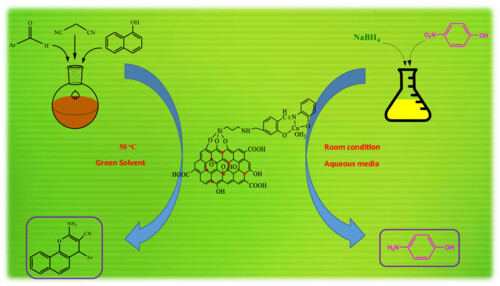
GO/Fe3O4/CuL nanocomposites were synthesized and characterized using FT-IR, TG-DTG, SEM, FT-IR, VSM, EDS, and XRD. 2-Amino-4Hbenzo[h]chromenes were prepared through one-pot multicomponent reactionsin the present of GO/Fe3O4/CuL as nanocatalyst. Also, the synthesized nanocomposite indicated efficient catalytic activity in the reduction of 4-nitrophenol, Congo red, and methylene blue in aqueous solution.
Synthesis of cobalt A2B triaryl corroles bearing methoxy or hydroxyl groups and their activity in electrocatalytic hydrogen evolution
- First Published: 18 October 2022
Structures and magnetic properties of two series of Schiff base binuclear lanthanide complexes
- First Published: 21 October 2022
Ultra-small PtNi bimetallic encapsulated in silicalite-1 zeolite with fine-tuned surface acidity for selective conversion of levulinic acid
- First Published: 21 October 2022
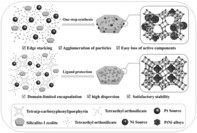
Silicalite-1 encapsulated ultra-small PtNix bimetallic catalyst were prepared. Porphyrin ligands act as protective agents to aid in metal dispersion. Sub-nanometer PtNix bimetals are uniformly encapsulated in the zeolite channels. Metal-zeolite interfacial interactions are enhanced due to the addition of ligand. The synergistic effect of the alloy enhances the catalytic activity.
Synergic effect of Type II ZnO/BiVO4 magnetic heterostructures for visible light-driven degradation of bisphenol A and methyl violet
- First Published: 21 October 2022
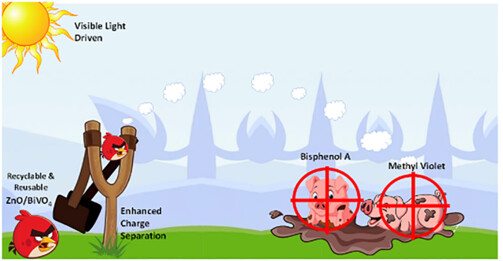
Magnetic photocatalyst was designed that showed tremendous degradation efficiency towards a hazardous dye and a persistent pollutant using energy-efficient LEDs. The designed catalyst could be easily separated from the reaction mixture and reused up to five runs, making it economic, green and sustainable.
Designing of Zn (II)-based novel coordination polymer (CP): Synthesis, characterization, and heavy metal removal from water
- First Published: 24 October 2022
A detailed experimental and computational study of Cd complexes with pyridyl-based thiazolyl hydrazones
- First Published: 24 October 2022
Catalytic dehydrogenation of natural terpenes via CuPd alloy nanoparticles generated on mesoporous graphitic carbon nitride
- First Published: 27 October 2022
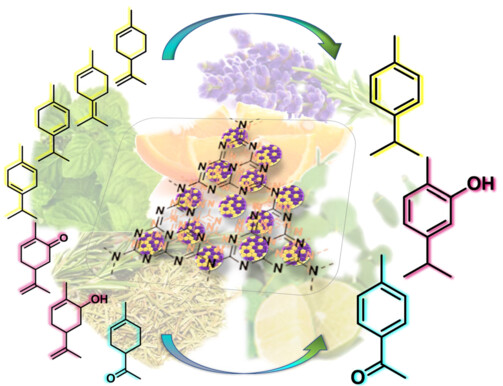
A facile wet-chemical protocol for the synthesis of bimetallic CuPd alloy nanoparticles (NPs) anchored on mesoporous graphitic carbon nitride (m-gCN), serving as both stabilizer and support material, was developed. The yielded CuPd/m-gCN nanocatalysts were utilized as catalysts in the dehydrogenation of terpenes for the first time. Under the optimized reaction conditions, the Cu50Pd50/m-gCN nanocatalysts were applied over nine different terpenes and the corresponding products were obtained in high conversion yields (>90%) under mild conditions.
Highly dispersed nano-copper catalyst on porous polyvinyl chloride for highly regioselective borylation of alkynes
- First Published: 07 November 2022
Antiparasitic activities of bimetallic N-heterocyclic carbene gold(I) complexes with ferrocene ligands: Relevance of chlorido and phosphino ligands
- First Published: 06 November 2022
REVIEWS
Recent advances in the application of nanocatalysts in C-N coupling reactions
- First Published: 18 July 2022
Ion recognition by 1,2,3-triazole moieties synthesized via “click chemistry”
- First Published: 16 September 2022
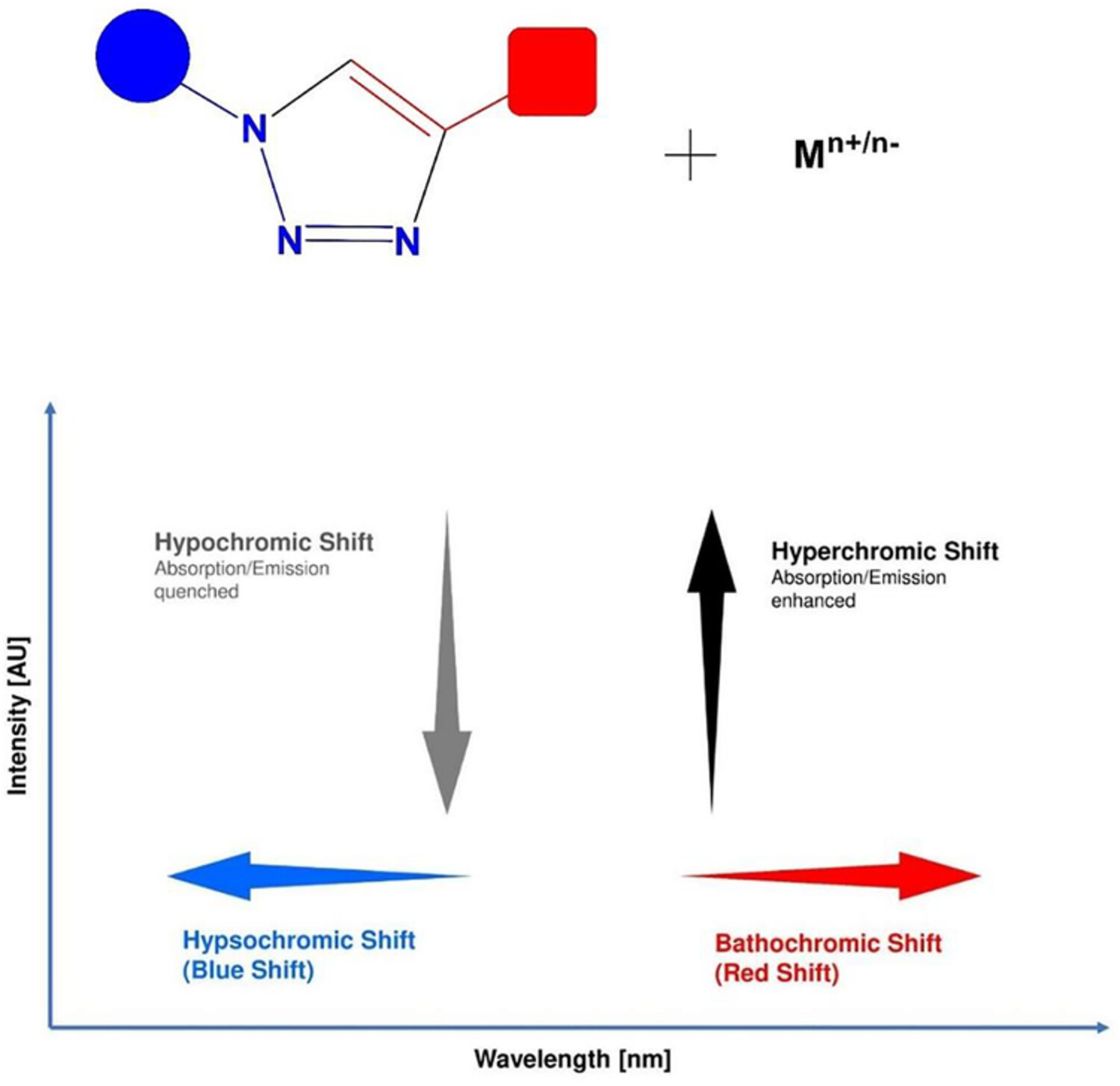
This review focuses on use of 1,2,3-triazole-linked sensors, synthesized by CuAAC, for ion sensing via absorption and fluorescence spectroscopy. In addition to it, it apprehends the different techniques and sensing mechanisms involved in the detection of ions by chemosensor probe including the choice of solvent system and detection limit for ion sensing.
Ni- and Pd-based homogeneous catalyst systems for direct oxygenation of C(sp3)-H groups
- First Published: 27 September 2022

The present review focuses on the advances in the direct selective oxygenation of C(sp3)–H groups of organic molecules, catalyzed by nickel and palladium complexes. Correlations between the metal complex structure, steric and electronic properties of the ligands, catalytic conditions, and the efficiency and selectivity of catalytic oxygenation reactions are discussed.
Recent trends in synthetic strategies using magnetic nanostructures as green catalysts in synthesis of pyran analogues
- First Published: 05 October 2022
SHORT COMMUNICATION
Comments on multiple publications reporting single heating rate kinetics
- First Published: 17 October 2022




